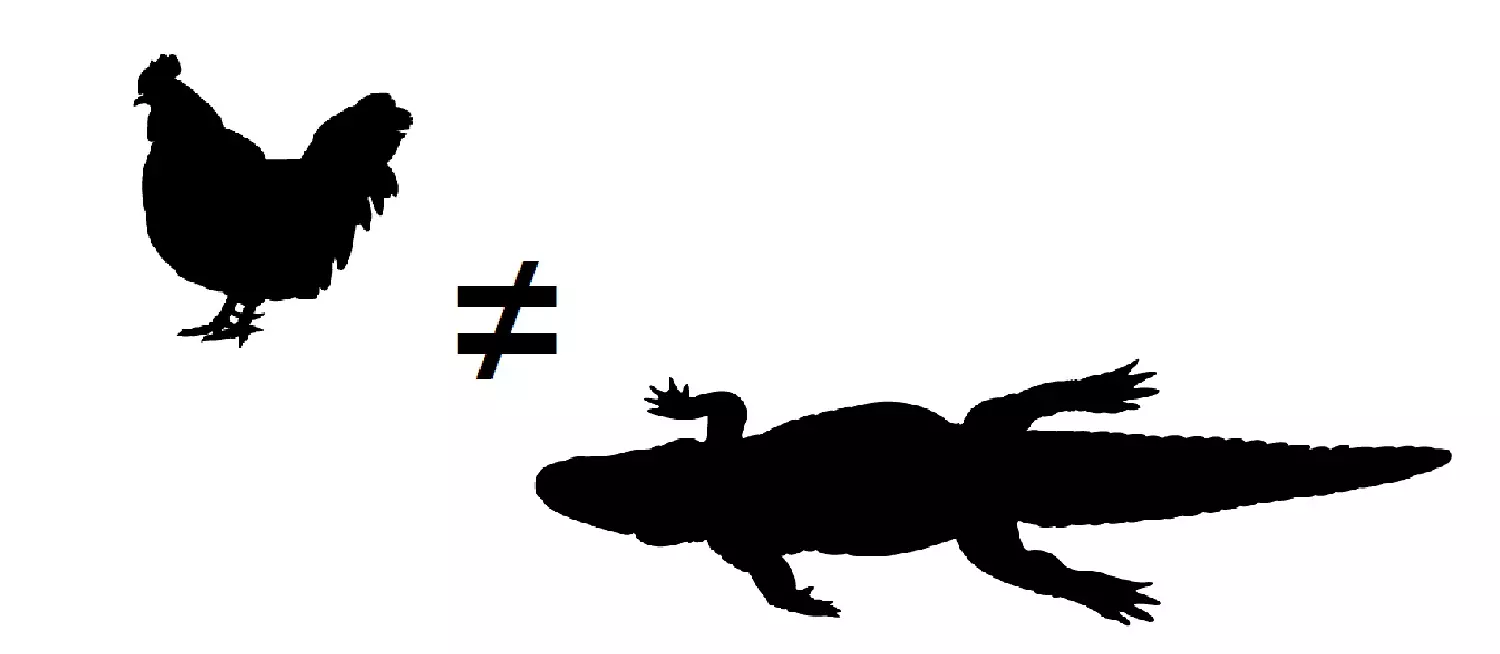[Originally published as No, We Won’t Have Dinosaurs in Two Years]
A little while ago, I wrote an article about how silly “science journalism” can get. The article was about the popular media’s claim that scientists were about to bring mammoths back from extinction. I explained how the idea was based on real research, but the goal of the research was not to bring mammoths back from extinction. In addition, if anything concrete comes from the work, it will probably be decades from now. In response to that, a student sent me an even sillier article, which comes from that bastion of journalistic integrity, People. It states the following:
Famed paleontologist Dr. Jack Horner, who’s been a consultant on all four films and is the real-life inspiration for Jurassic Park’s dinosaur expert Dr. Alan Grant, believes we’re (optimistically) just five years away from genetically engineering a dinosaur.
This article was written back in 2015, so based on Dr. Horner’s optimistic projection, we should be just a year away from having dinosaurs roaming around in some laboratory.
So what is the source of Dr. Horner’s optimism? He thinks that birds evolved from dinosaurs, so he thinks that we could genetically “turn back the clock” and transform a bird into a dinosaur. He claims that this has already been done to some extent:
In what Horner calls a definitive “proof of concept,” a group at Harvard and Yale “just recently, within the last few weeks, were able to transform the head of a bird back to actually reverse-engineer the bird’s snout back into a dinosaur-like snout.”
There are so many things wrong with that statement, it is hard to know where to start.
However, I will give it a try.
First, the study to which Dr. Horner refers had nothing to do with genetic engineering. As a result, I have no idea how it could be “proof of concept” that we are going to be able to genetically engineer dinosaurs! What the scientists actually did was manipulate the chemical environment to which developing chick embryos were exposed. They added chemicals that would block the activity of two proteins that they determined were influential in the development of the bird’s facial features, including the beak. They ended up producing embryos whose skulls were deformed compared to normal chick embryos.
Second, the changes produced were, in fact, rather minimal. The scientific article includes a photo of various skulls (you can see them in the original article). The left skull is of a chick whose chemical environment wasn’t changed. The right skull is of an alligator embryo. The middle skull represents what the research produced. Notice that while the middle skull might be more “alligator like” in some respects, it is still clearly a chick’s skull. Indeed, as the BBC reports, the lead author himself noted that the changes were not all that unusual.
“These weren’t drastic modifications,” says Bhullar. “They are far less weird than many breeds of chicken developed by chicken hobbyists and breeders.”
So in the end, this “proof of concept” for genetically engineering chickens into dinosaurs couldn’t even produce something stranger than what chicken breeders are producing right now!
Third, even if the skull modifications produced by this “proof of concept” experiment were significant, the skull is just one of many differences between birds and dinosaurs. There are lots of structural differences between the two types of creatures, and even if you can produce all the structural changes necessary, they are probably the least important ones. The differences in the biochemistry of birds and dinosaurs are probably huge, and all of that must also be genetically engineered in order to produce an animal that not only looks like a dinosaur but can also survive.
Fourth, and probably most importantly, this is all based on the notion that dinosaurs evolved into birds. While this view is all the paleontological rage right now, we don’t really know if it is true. There are a lot of problems with the idea that birds came from dinosaurs, even if you believe in evolution on such a grand scale (I do not). But assuming that dinosaurs did evolve from birds, the idea that you could “reverse” such an evolutionary process is pretty crazy. The mammoth project that I mentioned at the beginning of the article isn’t even trying to do that, and the evolution from mammoth to elephant is significantly easier to fathom than the supposed evolution from dinosaur to bird!
So are we just a few years away from genetically engineering a dinosaur? Of course not! In fact, I think that this particular line of research is destined to fail, because it is based on the false notion that dinosaurs evolved into birds. Even if I am wrong about that, however, I can guarantee you that we will have mammoth-like elephants much sooner than dinosaurs, and as I said previously, that’s probably decades away.






